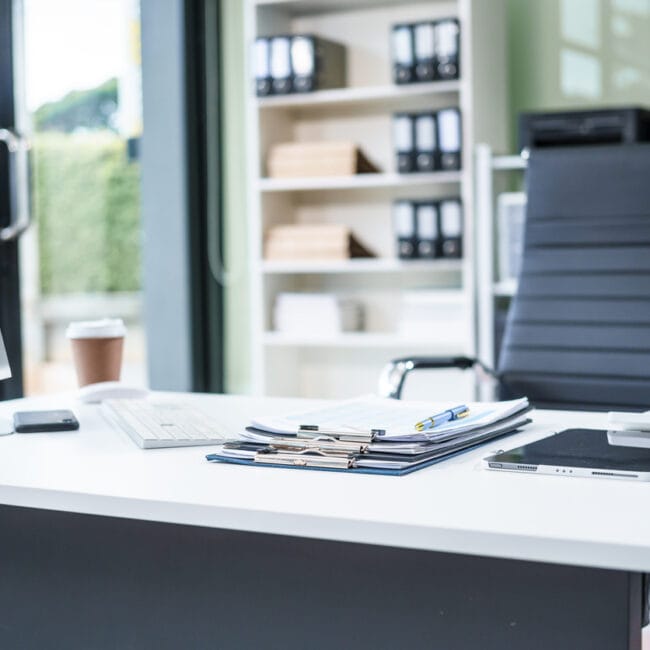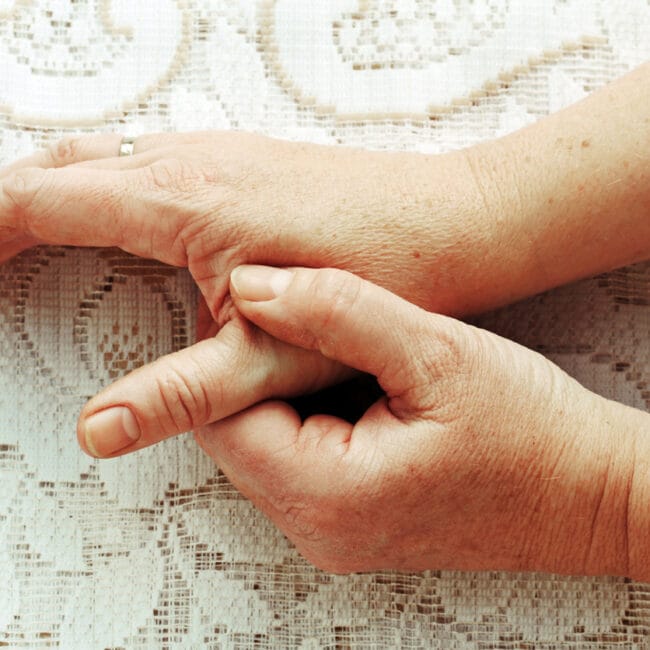We all know the pain associated with a new blister. Be that after a long walk or after a short time wearing new shoes. This blog provides you with tips and tricks to treat and prevent blisters caused by friction.
What Is A Blister?
A blister is a pocket of fluid called serum (the liquid part of blood) and forms under the upper layer of skin due to friction or rubbing. Blood blisters form when the blood vessels under the skin have also become damaged and can be more painful than normal blisters. A blister can also be filled with pus if infected. Blister development is, more often than not, a result of ill-fitting footwear – shoes which are too tight or too loose.
The Importance Of Footwear
It is said we should not have to break in new footwear; they should be comfortable from day one. Some styles and brands of shoes are known to cause blisters due to hard leather uppers or lack of width and depth. This is especially true when wearing high heels, as our centre of gravity shifts forward, putting more pressure on the toes and the ball of the foot. Imagine the friction and pressure on the toes when they are squashed into a pointy stiletto.
Some styles can simply cause rubbing, which is especially true for slip on shoes, as your toes have to grasp to keep the shoe or sandal on your foot. The toe and heel areas are common blister sites, as a lot of movement occurs in these areas, when wearing slip on shoes. People who run or play sports like tennis, squash, basketball are also prone to developing blisters due to fast, twisting movements.
How To Prevent Blisters
Shoes – Wide, round toed shoes are recommended- it is advised to try shoes on in store as it can be difficult to get a good fitting shoe when ordering online. A runner, for example, should have a firm heel counter to give support, but can have a soft, cushioned material on the interior surface to prevent rubbing at the back of the heel.
A “lace lock” is a great way to keep the tongue of the shoe in position and reduce movement in the shoe. A laced shoe is best as it can be tied securely on the foot and loosened if needs be. Next best would be velcro shoes- these can be particularly useful for the elderly If they can’t reach their feet or young children who have yet to learn to tie their laces.
Good fitting footwear is key to preventing blisters. If you believe a shoe has caused your blister- it is best to avoid wearing it, as it is likely to reoccur.
Socks – An obvious one, but wear socks! Wearing shoes without socks is another common cause of blisters. Thick socks offer more cushioning and protection than thin socks; sports socks are quite popular for this reason. Moist skin is more prone to developing blisters. Keep feet dry by wearing bamboo or sports socks, which wick sweat away from the feet, reduces the moisture levels and helps to prevent blisters.
Orthotics (insoles) support the feet in footwear, which reduces movement in shoes. Less movement means less friction and reduces the likelihood of blisters forming.
Blister plasters – Some gel blister plasters are available in pharmacies but should only be used if necessary and by those with no known medical issues. It is best to check with your pharmacist or podiatrist if it is safe for you to apply. You should not pull the gel plaster off before it is ready to be removed as it will peel away extra skin which can cause pain and tenderness and may lead to infection.
Surgical spirits is available in pharmacies and can prevent blisters by hardening the skin on the feet. It is not to be used on broken skin.
Talcum powder is another option if you have a mild case of sweaty feet. If you have hyperhidrosis (excessively sweaty feet) you should speak to your GP or podiatrist about other treatment options.
Felt padding – fleecy web padding or chiropody felt may prevent blisters as they reduce friction and provides a layer between the skin and the shoe. Your podiatrist may provide you with a sample to trial before purchasing.
How To Manage Blisters
Do not pop or burst a blister as this can cause an infection, especially if not using a sterile instrument. Do not pick at a blister or remove loose skin. Some blister sites may need salt water baths, to help prevent infection. Give it time!
Blisters typically take up to 1 week to resolve. If you have Diabetes, circulation problems, are immunocompromised, or if the blister is very painful and does not allow you to walk comfortably, it is best to see a podiatrist for advice and treatment.
What Can A Podiatrist Do For Me?
A podiatrist can assess the blister and if suitable, drain the blister in a safe and sterile manner. They can deroof the blister by removing the top layer of the skin, which allows quicker healing. This is a highly skilled technique performed using a scalpel; it should not be done at home.
The podiatrist will dress the area and may apply padding to offload the blister site, to speed up the healing process. At the end of the appointment, the podiatrist will give advice on prevention and how to care for the blister at home. They can advise if the area is infected and if antibiotics are required.
Does it sound like a podiatry appointment can help you? Click here to book an appointment with one of our Spectrum Health podiatrists today.











